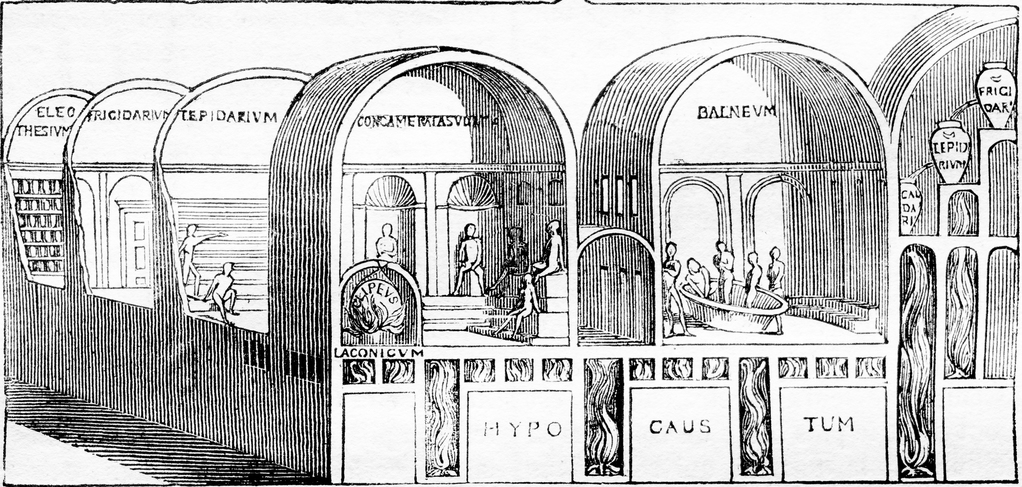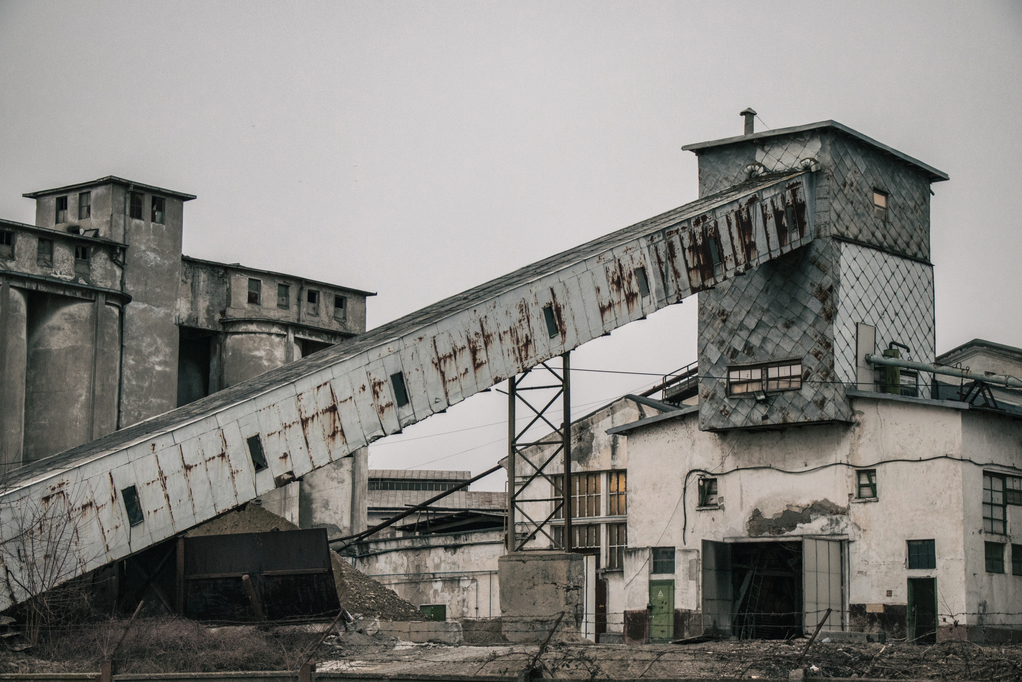Waste Control has become a vital part of today’s life and a critical factor in survival. Today, we are struggling with the pollution of our oceans, land, and even the air we breathe. Consolidated Waste Systems emphasized the critical nature of this problem in the last blog.

Learning about recycling waste is only part of waste management–each family’s individual part.
Additionally, we surveyed some of the key complications in this effort:
- Critical Landfill Space.
- Improper disposal of trash and other debris.
- Dangers of landfills, especially older sites.
- Abuse of some industries.
The two most important reasons for waste control, collection, and management include:
- We must protect the health of our people.
- Humans must protect the environment.
Therefore, the question naturally follows: What does history show us about far have we come in accomplishing these two goals? Only when we investigate the past do we know how to drive the future. Therefore, today Consolidated Waste Systems brings you a bit of a history lesson in waste control.
Past, Present, and Future of Waste Control
How far have we come and where do we go from here? Answering these questions demands a look into the past and present. We will see that many of our current needs and needs of the future are reflected in our past cultures.
One noted garbologist expressed the idea in this fashion: “The study of garbage has given us much insight into civilizations of yesteryear.”
Another way of saying this is that the nature of humans and their actions in past cultures predicts much information about our future needs as a civilization. Thus it is through the lens of the past that we view the future role of Waste Management.
Side Note: Believe it or not, Garbologist is a real profession. Dictionary.com defines a garbology expert as someone who studies the “material discarded by society to learn what it reveals about social or cultural patterns.”
Waste Control Series: Past, Present, and Future
- Thus, Consolidate Waste Systems dedicates this series of blogs to waste treatment of the Past, Present, and the Future.
- So, now we take you back in time, back to a time before the human race knew about waste control. We take you back to a time before helpful waste management companies offered “Balers, compactors, and shredders.”
- We are going back long before companies offered, “21st-century Consulting, preventive maintenance programs, safety inspections, equipment relocation, and new equipment installation.”
- In fact very little waste, management equipment existed. Our First Blog of the series on Waste Control Through the Ages focuses on the early waste control history and continues through the promised “Dirty Old England” time period.
And just for fun, let’s begin in ancient times, before shovels and wheel-barrows.
The Backstory–Historical and Pre-Historical: The Not-So-Historical Cave Dwellers

“Good Cave Keeping”
Did Not Require the Lady of the House to Control the Family’s Waste.
Garbage dumps have probably existed as long as humans have huddled together for warmth and shelter. And all such dumps have dealt with the problems of smell, disease, and pollution.
For example, the first cave dwellers probably ate many of their meals in the cave. (It was not always a picnic.) When they were lucky enough to make a kill, they brought their meat into a safe place to prepare and eat: Their Cave-home.
Better Homes and Caves: Issue One
Did you ever wonder what the caveman did with the food remains he couldn’t eat? Of course, some of the bones may have been recycled into tools. However, the unusable parts were thrown on the floor. And there they stayed…
When the smell drove him to do something about it, the early human cave dweller undoubtedly removed it from the cave or buried it, sometimes in the cave. And there you have it…the first dump or landfill. Of course, he had one additional course of action. He could always move to another cave.
Early Attempts at Waste Control: Then Came the Towns
From the very beginning when man began building homes and towns, humans have struggled to deal with problems of smell, air and water pollution, and disease.
Municipal Regulations Arrive: Athens 500 BC
Athens, Greece made history with the first municipal dump in 500 BC. Regulations established that citizens must dump their waste at least a mile from the city limits.
Waste Control or Sanitation: Ancient Rome
Ancient Rome conquered not only territory but also water systems. You probably know it gained fame for its construction of Aqua Ducts which brought water from the hills and mountains.

Roman Baths brought civilized sewage to cities and to roads and city streets.
However, did you know they built public toilets and sewer systems in parts of Rome and other cities? They created these niceties of life as early as 800 BC. for citizens of the Roman empire. The Roman baths became the trendiest part of life. Even the less-wealthy classes shared the legendary “public baths.” The baths symbolize the “great hygiene of Rome.”
A Deeply Flawed System of The Empire
However, it is believed by many archaeologists that the system was not as healthy as had been hoped.
1. Water in Public baths was changed infrequently. Therefore, the shared baths became a source of potential disease. One person’s disease could be shared by all.
2. Sewer systems weren’t constructed primarily for the removal of human waste. They were used to drain water that pooled on uneven streets or filled low lying areas…” Water that drained out usually drained back into the drinking water. (Ew!)
3. The Ancient Roman Public Toilets lacked provisions for good hygiene and proper waste management.
- There was no official cleaning service. This meant they were rarely cleaned.
- Owners made no effort to prevent flies. This made the spread of pathogens very easy.
- Sewer pipes were frequently blocked. Therefore, toilets frequently over-flowed.
- Additionally, methane and other gases sometimes exploded.
Despite these shortcomings, the waste system in Rome is considered a vast improvement over previous times.
Dirty Old England: Background
In our previous blog, we promised to tell you why “Dirty Old England” was given this name. And there are several reasons.
1. Background: The Bubonic Plague took its toll on England, just as it did the rest of Europe. Estimates of deaths due to the Black Plague ranged from 25 to 50 percent of the population. Researchers put the total European number at approximately 75 million lives.
2. Rats carried fleas, and the fleas spread the disease. Unsanitary conditions prevailed in most towns and cities, including London. There were no real sewer systems. Small drainage ditches ran along the roadway.
3. The ditches worked well to carry heavy rains off the roadways. However, water draining down the city streets also wet and stirred up the remains of rotting food. Likewise, chamber pots contributed to the unsavory waste. It was culturally appropriate for citizens simply to throw their debris into the streets.
A Dirty Chapter in the Dark Ages
One historian recorded these facts of 14th Century London: “London was also home to extreme filth and poverty. The streets were not paved. There was no sewage system, and rats – harbingers of the 1348-9 plague – were seen everywhere.” He added that “overpopulation exacerbated the waste issue, as the town grew beyond its original walls.” As a major manufacturing center with a large population, London created an unending stream of rubbish – sewage, rotting carcasses, and industrial waste.”
Finally, King Edward II introduced England’s first law against dumping poop on the road. “All filth deposited before houses must be removed within a week,” and “pigs must be kept from wandering in the streets.”
Another Blessing of the Bubonic Plague
The custom of frequent baths changed after the Plague. Bathing became something to be feared. One researcher shared, “In the 14th century, bathing was something that people developed a fear of…” Their reasoning for the fear was that bathing contributed to catching the Black Death due to the way water could “open pores.” Therefore, people preferred, “having their bodies covered in dirt and filth. They thought a solid layer of grime would keep them safe from catching the plague that was spreading at that time.
Dirty Old England In the 16th Century
And even in the 16th Century, England still had no concept of garbage pick-up or other forms of waste management. According to the royal decree, each family or business was responsible for removing their own waste.

As you study history, cheer up. We are improving waste control.
Although the law mandated citizens to transport their waste out of the city, most people ignored it. Trash collected in the streets. Residents kept garbage “temporarily” inside the home where it decayed and created a health hazard. Here is how Lee Jackson, author of “Dirty Old London” described the London scene:
The Ruse of the Victorian Fight Against Filth
Do you know the term “mud” was actually a euphemism? ” The dirty secret of Victorian life in London was that street horse dung contributed most of the “mud,” on the streets. It was not mud; it was manure. Lee continued, “There were tens of thousands of working horses in London…with inevitable consequences for the streets.”
Young Lady In London, An Example of Life in London
Consider this picture of what walking home from a formal night out was like.
“A Lady in Victorian London, wearing the typical “train” to the

A Victorian Lady’s Dress Collected A Ghastly amount of Garbage
dresses of Victorian time, found the following in her dress after walking” in the street.
- 9 Cigar ends.
- A Portion of pork pie.
- 4 Toothpicks.
- 2 Hairpins.
- 1 Stem of clay pipe.
- 3 Fragments of orange peel.
- A Slice of cat’s meat.
- Half a sole of a boot.
- 1 Plug of tobacco (chewed).
- Straw, mud, scraps of paper, and random street refuse.”
Can you believe it? Consolidated Waste Systems joins you in shuddering at these chilling facts. We want you to know we do not believe a lady’s dress should indicate trash collection or a form of waste control.
Waste Control: Dirty Old England and The Flushing Toilet
Finally, in the 1590s, an invention took place that would change the course of England’s waste system: The Flushing Toilet. It used a valve that let water flow to clear the tank and the bowl. It doesn’t sound like it has changed much since that time. What has changed is what happens after the flush.
However, London transformed the Thames River into “a free-flowing sewer with solids and liquids creating a terrible, sickening smell.”
At Last, A Systematized Solution to City Waste

Waste from the Industrial Revolution still haunts the world.
Finally, the city officials were forced to take action when the city was awash with the awful smell. In fact, citizens’ sewage and debris had choked off the River Thames.
- However, this marked a turning point and began the “work towards a complete sewer system to avoid such problems. Joseph Bazalgette was the chief engineer for the waterworks in London.”
- Bazalgette earned his place in waste management history for his great contribution.
The new design connected systems of sewers to direct waste to a treatment plant nearby to the Thames. The system
still exists today because it revolutionized the way we deal with our sewage.

Happy Easter Holiday from Consolidated Waste Systems!
Thank you for reading our Consolidate Waste Systems blog. Our next issue will feature more current developments and bring us closer to understanding how far we have come in Waste Control and Waste Management–and how far we have yet to go. Can we help bring your business into the 21st century with a proper waste management system?
Meanwhile, Consolidated Waste wishes you “Happy Spring Holidays.”–And aren’t we blessed to live in the 21st century?


